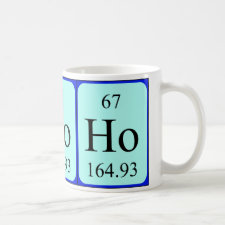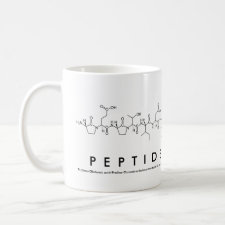
Authors: Krull IS, Sebag A, Stevenson R
Article Title: Specific applications of capillary electrochromatography to biopolymers, including proteins, nucleic acids, peptide mapping, antibodies, and so forth.
Publication date: 2000
Journal: Journal of Chromatography A
Volume: 887
Issue: (1-2)
Page numbers: 137-163.
DOI: 10.1016/S0021-9673(00)00251-X
Abstract: Separation of biopolymers is an obvious application of capillary electrochromatography (CEC) technology, since speed and resolution should increase significantly over high- performance liquid chromatography (HPLC). All too often, HPLC chromatograms of polymers show poorly resolved envelopes of overlapping peaks from oligomers. The practical limitation of column length and pressure drop has hindered development of high resolution separations of many polymers in HPLC. However, this generally applies only to packed beds of small particles, and not to continuous (or monolithic) beds, as introduced by Hjerten et al. [S. Hjerten, Ind. Eng. Chem. Res. 38 (1999) 1205; S. Hjerten, C. Ericson, Y.-M. Li, R. Zhang, Biomed. Chromatogr. 12 (1998) 120; C. Ericson, S. Hjerten, Anal. Chem. 71 (1999) 1621; J.-L. Liao, N. Chen, C. Ericson, S. Hjerten, Anal. Chem. 68 (1996) 3468; S. Hjerten, A. Vegvari, T. Srichaiyo, H.-X. Zhang, C. Ericson, D, faker, J. Capillary. Elec. 5 (1998) 13; C. Ericson, J.-L. Liao, K. Nakazato, S. Hjerten, J. Chromatogr. A 767 (1997) 33; S. Hjerten, D. faker, K. Elenbring, C. Ericson, K. Kubo, J.-L. Liao, C.-M. Zeng, P.- A. Lidstrom, C. Lindh, A. Palm, T. Srichiayo, L. Valtcheva, R. Zhang, Jpn. J. Electroph. 39 (1995) 1]. Throughout this review we will refer to such packings as monolithic or continuous beds, but they are identical type packings, formed by the in situ polymerization in the capillary or column. CEC capillaries can be much longer, and contain smaller particles than is practical for HPLC. This improves resolution significantly. CEC is able to capitalize on existing mobile phase technology developed over 30 years to improve separations. The requirement that the mobile phase simultaneously promote the separation and mobile phase mobility needs to be considered. In RPLC, this dual role is not much of a problem. It may be much more important in other modes, particularly ion-exchange (IEC). As the field develops, it is becoming clear that CEC is not just a simple extension of HPLC. Instruments, column technology and operating optima are clearly different than HPLC. CEC will develop into its own unique field. Open tubular HPLC is almost precluded by the high pressures required for forcing liquids through 10 mu m or smaller capillaries. Electroosmotic pumping (EOF) avoids the pressure constraints and provides better flow profiles. Compared to HPCE, the ability to interact with the stationary phase may enable separations that would be difficult with electrophoresis alone. Since the mobile phase can be less complex than micellar electrokinetic chromatography (MEKC), CEC also avoids the problem of high background signals from the micelle forming compounds. Thus CEC-MS (mass spectrometry) is expected to be even more powerful than HPCE-MS. The fortuitous, simultaneous development of matrix assisted laser desorption- time of flight MS (MALDI-TOF-MS) technology will enable extension of the mass range to above 100 000 Da. Lack of familiarity is the perhaps the largest liability of CEC compared to other techniques. This paper critically compares the state-of-the-art of CEC with HPLC and HPCE, with a particular emphasis on separation of biopolymers. The goal is to help the reader overcome the fear of the unknown, in this case, CEC. (C) 2000 Elsevier Science B.V. All rights reserved



Join the Society for Molecular Imprinting

New items RSS feed
Sign-up for e-mail updates:
Choose between receiving an occasional newsletter or more frequent e-mail alerts.
Click here to go to the sign-up page.
Is your name elemental or peptidic? Enter your name and find out by clicking either of the buttons below!
Other products you may like:
 MIPdatabase
MIPdatabase









